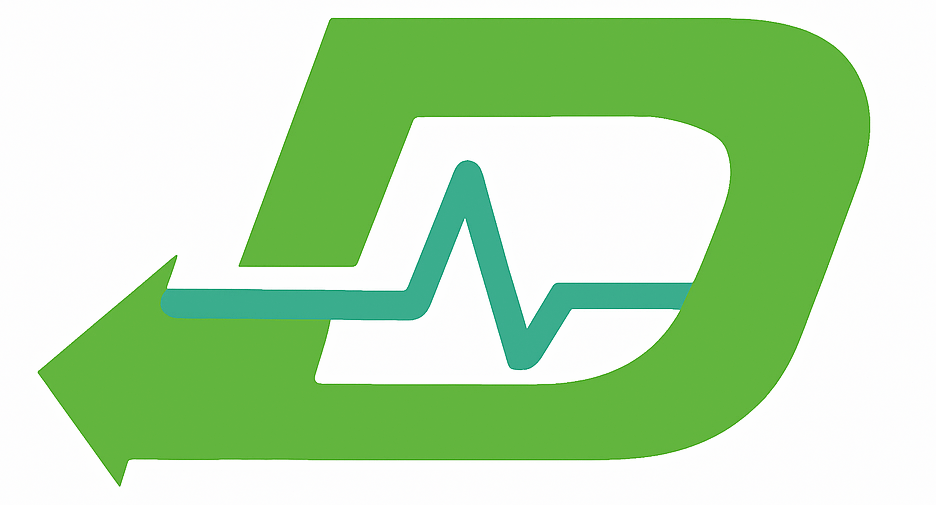Estimated reading time: 5 minutes
Migraine is characterized by recurrent attacks of headache. The pain is often described as throbbing, and there may be a pulsing sensation, usually on one side of the head. Migraines are commonly accompanied by nausea, vomiting, and sensitivity to light and sound (1).

The exact cause of migraines is unknown, but they’re believed to be the result of abnormal brain activity, partly caused by imbalances in brain chemicals including serotonin. These abnormalities may temporarily affect nerve signals and blood vessels in the brain.
Prodromal symptoms often occur one or two days before the headache (2). These include constipation or diarrhea, mood changes, appetite changes including food cravings, concentration difficulties, cold extremities, increased thirst, frequent urination, and constant yawning.
Warning symptoms known as aura may occur before and sometimes together with the attack. Examples are visual disturbances and sensory abnormalities such as a tingling or touching sensation on one side of the face or in an arm or a leg (3). However, 75-80% of patients don’t experience an aura.
There are known environmental factors that we can come across every day that can “trigger” migraine headaches. These include foods and food additives, medications, emotional stress, menstruation, visual stimuli such as bright lights, fasting, wine, physical exertion, sleep disturbances, intake of highly caffeinated beverages and aspartame (4).
10 Everyday Things that May Trigger Migraines
Knowledge of the most common external triggers for headache attacks is of crucial importance for individuals who suffer from migraine.
1. Aspartame
Certain foods and food ingredients may trigger migraine attacks. For instance, a very common ingredient in diet and low-calorie foods is the sugar substitute aspartame.
This artificial sweetener can affect dopamine and serotonin levels in the brain, which can be a factor in migraine headaches (5).
Aspartame is a known migraine trigger.
2. Monosodium Glutamate
Another common substance in food that may hasten the onset of a migraine is monosodium glutamate, best known as MSG (6).
MSG is often used to flavor Chinese food, but can also be found in soups and processed meats.
3. Sulfites
If you suffer from migraine, the next time you get invited to a wine and cheese party, you may want to RSVP no.
Wine contains preservatives called sulfites, which can potentially induce migraines. Sulfites can also be found in processed foods, including dried fruits.
Some people who suffer from migraines feel that their headaches are triggered by sulfite containing foods although no scientific studies have yet shown a direct link (7).
Alcohol withdrawal is known to cause headaches and it is quite possible that in many cases it withdrawal from the alcohol itself rather than sulfites that triggers a migraine headache.
4. Caffeine
Caffeine is found in coffee, tea, and many other beverages.
The effects on caffeine on migraine are somewhat controversial.
In some cases, caffeine seems to trigger migraine episodes whereas in other cases it appears to protect against migraines.
If you note that you experience symptoms after a cup of coffee, you may want to cut back on your consumption (8).
5. Alcohol
In addition to wine, there are other beverages that may cause trouble for you if you are a migraine sufferer.
Studies indicate that there is a strong correlation between alcohol and migraine symptoms.
Alcohol is known to trigger a headache if too much is consumed—ask anyone who’s ever had a hangover—and studies suggest that alcohol and migraine symptoms are linked (9).
6. Tannins
You may be opening yourself up to a migraine attack if you eat apples or pears, which contain tannins. This natural plant substance can also be found in tea, black walnuts, red wine, tea, chocolate, vanilla, raspberries, and many herbal products.
Research shows that reducing tannin in the diet may reduce the risk of migraine attacks (10).
7. Nitrates
Nitrites are preservatives frequently found in sausage, beef jerky, hot dogs, deli meats and other meats. Nitrate-containing compounds have been identified as common headache triggers (11).
8. Aged Cheeses
As for the cheese plate, aged cheeses have an amino acid called tyramine, which has been associated with migraines (12).
9. Leftovers
The same tyramine that can be an issue in certain cheeses can multiply in foods, especially if it’s not properly refrigerated.
10. Dehydration
So what can you drink?
Water is always a safe, and a healthy choice. In fact, if you don’t drink enough water, you may experience dehydration, and that may lead to a migraine attack.
Identifying Your Migraine Triggers
It may not always be easy to determine what environmental factors are triggering migraines. In fact, migraine attacks may be linked to a number of different things. Furthermore, a potential trigger may not precipitate an attack every time.
Sometimes, trigger factors can influence an attack up to 48 hours before a headache occurs. Such trigger factors may easily be ignored.
One study showed that most patients showed at least one dietary trigger, fasting was the most frequent one, followed by alcohol and chocolate. Hormonal factors appeared in 53% with the pre-menstrual period being the most frequent. Physical activities triggered migraine in 13%, sexual activities in 2.5%, 64% reported emotional stress as a trigger, and 81% related some sleep problem as a trigger factor. Regarding environmental factors, smells were reported by 36.5%.
One of the best ways of identifying triggers is to keep a migraine diary. Such a diary should keep a record of daily activity such as when you get up and go to sleep, what you do during the day, what you eat and drink, the surroundings, the weather, the medication you take, your mood, and the menstrual cycle if you are a woman.
Registering the timing of the attacks is essential. For example, if you suffer at weekends, your headache may be triggered by caffeine withdrawal due to drinking fewer cups at home than at work. It may also be due to more wine or alcohol consumption on the weekends. Some people with migraine find that winding down at the weekend after a stressful week or too much sleep at the weekends can trigger an attack (13).
Acknowledgments
Many thanks to Dr. Jonathan Cabin MD at the Migraine Institute for providing the infographic.
Discover more from Doc's Opinion
Subscribe to get the latest posts sent to your email.


My mother was diagnosed with migraine 2 years ago after trying so many treatments with no hope we came across a website called Docspert health and I need to say that this was one of the best things we experienced during this journey. They have a very professional team and international experts and they really helped us very much and gave her a better treatment plan that helped her with her lifestyle.